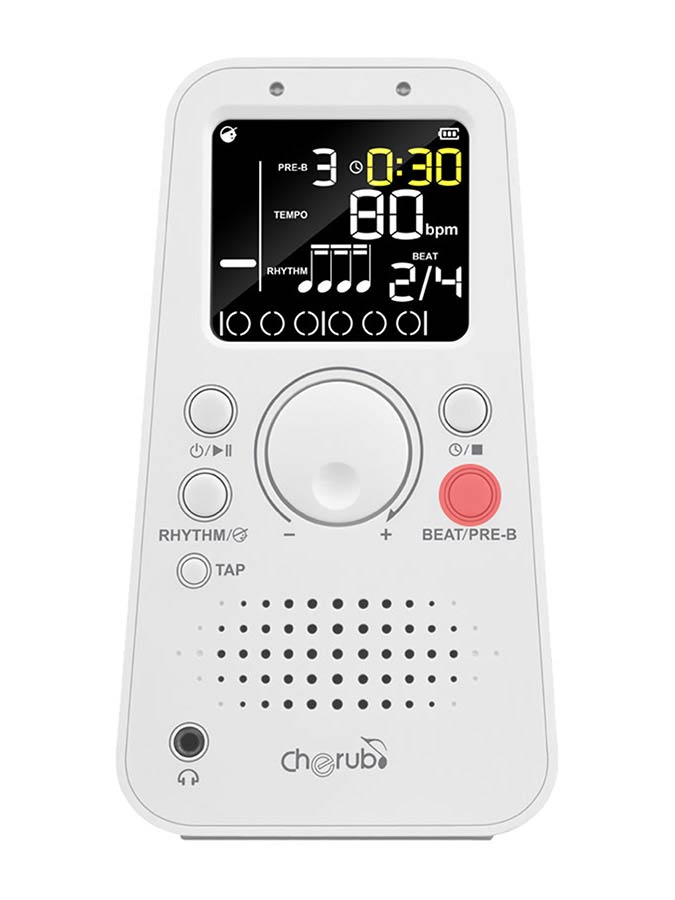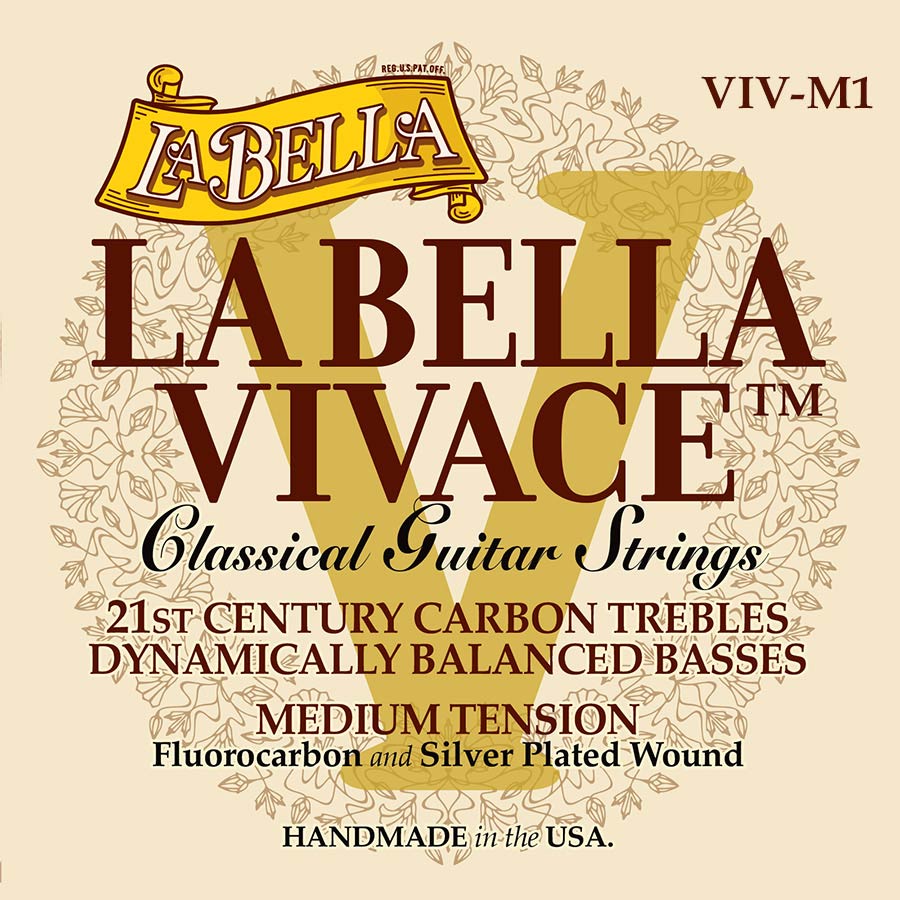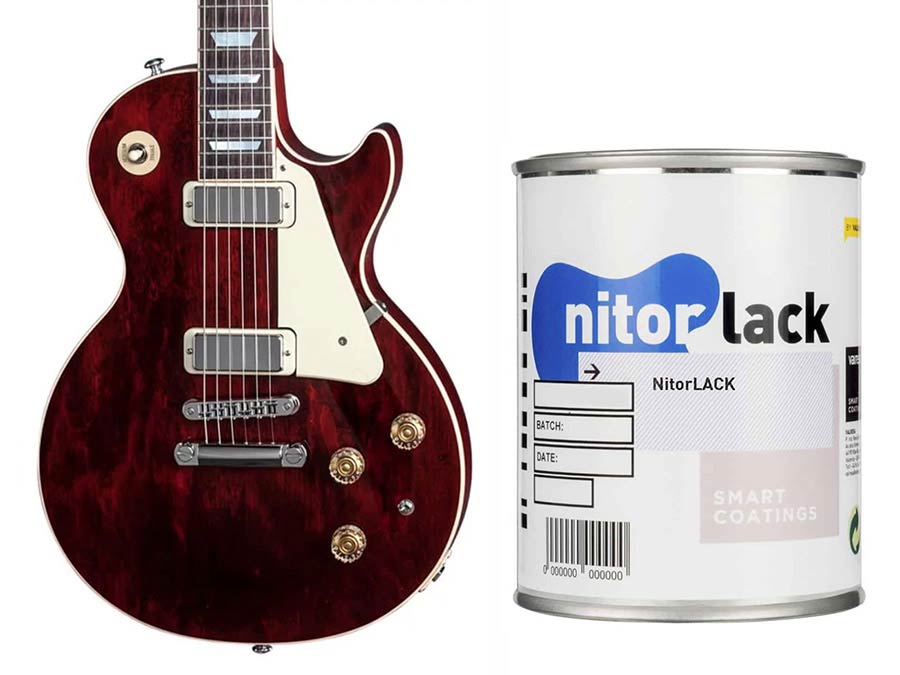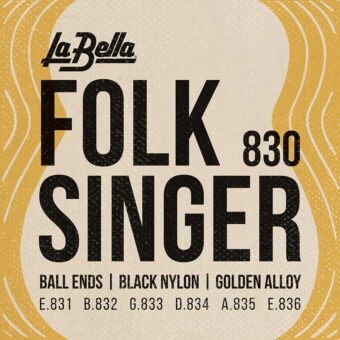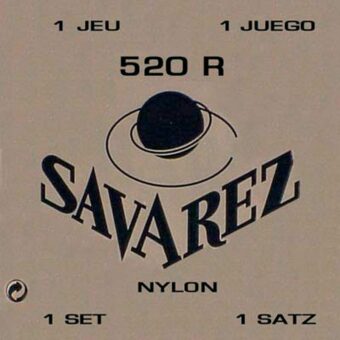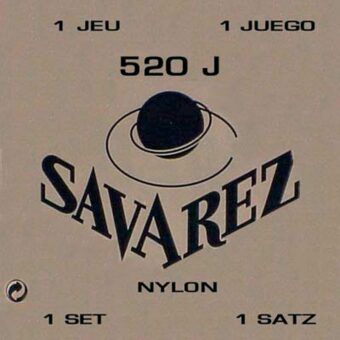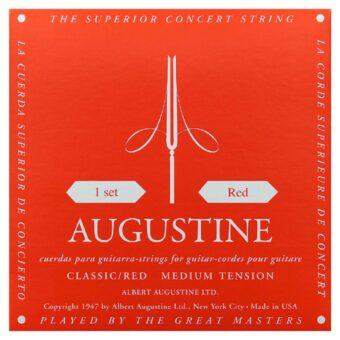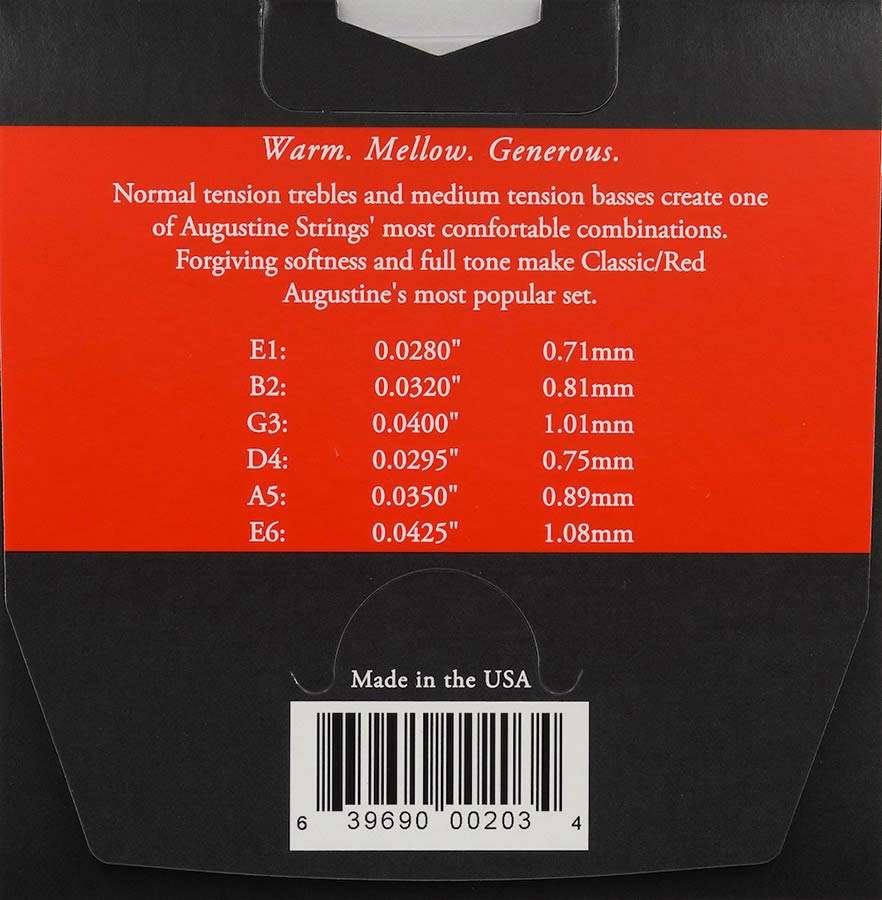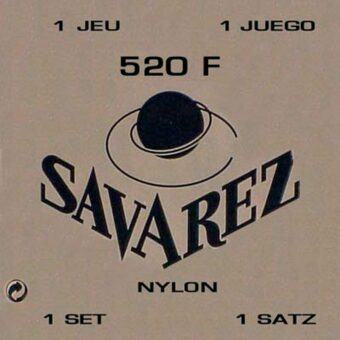Description
This colour is a translucent colour that allows the wood grain to show through. It has its roots in the classic aesthetics of the music industry. It was mostly used by Gibson for their seventies Les Paul Custom and Deluxe models, and later on for the LP Studio.
Inspired by the depth and richness of red wine, this shade has become an iconic choice. From vintage models to contemporary choices, Wine Red continues to be a colour choice that evokes tradition and style. This colour matches well with both cream and black hardware, as well as chrome or gold hardware.
Colours for vintage-inspired guitars
After great work and exhaustive study by our laboratory and technical department, we have created colours for guitars to faithfully recreate the tones of vintage Fender and Gibson guitars to paint electric guitars. They have been based on original samples from the ‘50s and ‘60s. However, keep in mind that vintage guitar colours may have changed a lot over the years due to the aging of nitrocellulose lacquer and changes in the brands’ own colours. Therefore two guitars finished in 1960 with Fender card colours can look different between them or with respect to a more current guitar today.
Nitrocellulose paint in 500ml can
If you’d like to paint your guitar a perfect finish and you have painting equipment (spray gun and compressor) available, the best choice is nitrocellulose varnish in a can. You’ll get a higher performance by a lower price and with painting equipment the final result will be professional with less effort. It is recommended to dilute the product with our solvent to adjust the viscosity. For the application to be perfect we have two types of solvents: the usual solvent used is Solvent Medium (art. nr. 48138 / N540423104), but for ambient conditions of humidity and temperature more extreme we can use Solvent Retard (art. nr. 48139 / N540425104) to avoid bubbling and blooming in the finish.
The optimal application conditions are between a temperature of 15 to 25 °C and 50 to 70% humidity. The percentage of dilution will depend on the painting equipment and its configuration but it’s recommended to use 10 to 20% solvent. The most common gun peak is 1.3 to 1.5 and the compressor pressure is about 2.5 to 3 bars.



